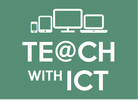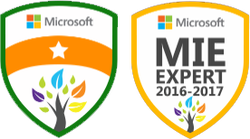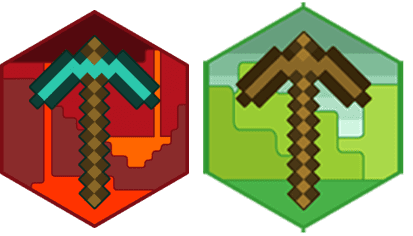|
In my sixth lesson, I decided to revisit the CPU however, this time, explore the three Cs: “Clock speed”, “Cache” size and number of “Cores”. Learning Objectives:
Lesson 1: The 3 Cs Suggested time: 50 mins Starter: I started with an activity adapted from a resource I found on CAS courtesy of John Bilton (johnbiltoncomputing.blogspot.co.uk) – “CPU Dart Activity”. You can find the original here: CPU Dart Activity For those new to DART (Directed Activity Related to Text), this activity is designed to support literacy. It focuses on the strategies of skimming, scanning and gap fill. The purpose of this DART activity is to give the students a brief overview of the main features of the CPU. Instructions:
Main Task: I started by explaining the main three features to consider when purchasing a CPU: Clock speed, Cache size and number of Cores. I then showed them a video courtesy of Mark Clarkson - "Mr. Clarkson talks about… The CPU" http://www.youtube.com/watch?v=P4QmPFcBELE (Skip to 6m14s) I followed this by directing the students to wikispaces.com and instructed them to create a new page in their revision wiki called CPU. I then asked them to complete the following task: 1. Write a definition for the following terms:
2. Explain what is meant by Multi-Core processors. 3. Explain why a computer with a 4Ghz (6MB cache) processor would not be twice as fast as a 2Ghz (6MB cache) processor. Resources: Students can use the following links to help them complete their task: Mr. Clarkson talks about… The CPU: http://www.youtube.com/watch?v=P4QmPFcBELE Teach-ICT – CPU: http://www.teach-ict.com/gcse_new/computer%20systems/cpu/miniweb/index.htm PWN ICT: http://www.pwnict.co.uk/computingGCSE/computingResources.html (Click on Hardware and then CPU) Plenary: Select students at random (See blog on random name selectors) to explain what is meant by Clock speed, Cache size and number of Cores. I tend to use Pose, Pause, Pounce and Bounce. Example: Pose a question to the whole class e.g. Explain why a computer with a 4Ghz (6MB cache) processor would not be twice as fast as a 2Ghz (6MB cache) processor. Pause to give students time to digest the question and think of their answer. If the students are engaged, try holding the pause for a little while longer to build up the tension. Pounce: Quickly, select a student to answer the question. i.e. Insist the answer to the question comes from student A and possibly student B, directly and fast! Obviously, plan in your mind who you are going to direct the questions to before hand. Bounce the question or student's response on to another student (immediately after the pounce). e.g. Ask them if they agree with the students previous answer and to explain why. For more information about the Pose, Pause, Pounce and Bounce technique, visit: @teachertoolkit - http://teachertoolkit.me/2013/01/04/pppb-version2/ Lesson 2: TouchDevelop Challenge Suggested time: 50 mins Main task: Following on from the previous week’s lesson, I asked students to load TouchDevelop (www.touchdevelop.com) on their computers and sign in with their google, microsoft or yahoo id. Once logged in, I sent them to the TouchDevelop Challenge (www.touchdevelop.weebly.com) and ask them to click on TD Challenge and attempt lesson 3 and 4. (touchdevelop.weebly.com/td-challenge.html). Plenary:
To finish the lesson, I asked the students to swap seats and invited them to try out each other’s games - giving feedback where appropriate. Comments are closed.
|
AuthorSimon Johnson Microsoft Innovative Educator Expert / MIE Trainer
Minecraft Cert. Educator / Global Mentor
CAS Master Teacher
Raspberry Pi Cert. Educator
Tickle Ambassador
Archives
June 2017
CategoriesAll Algorithms Cpu Fundamentals Hardware Input & Output Memory OCR A451 Software Storage |
||||||
Search by typing & pressing enter






 RSS Feed
RSS Feed
